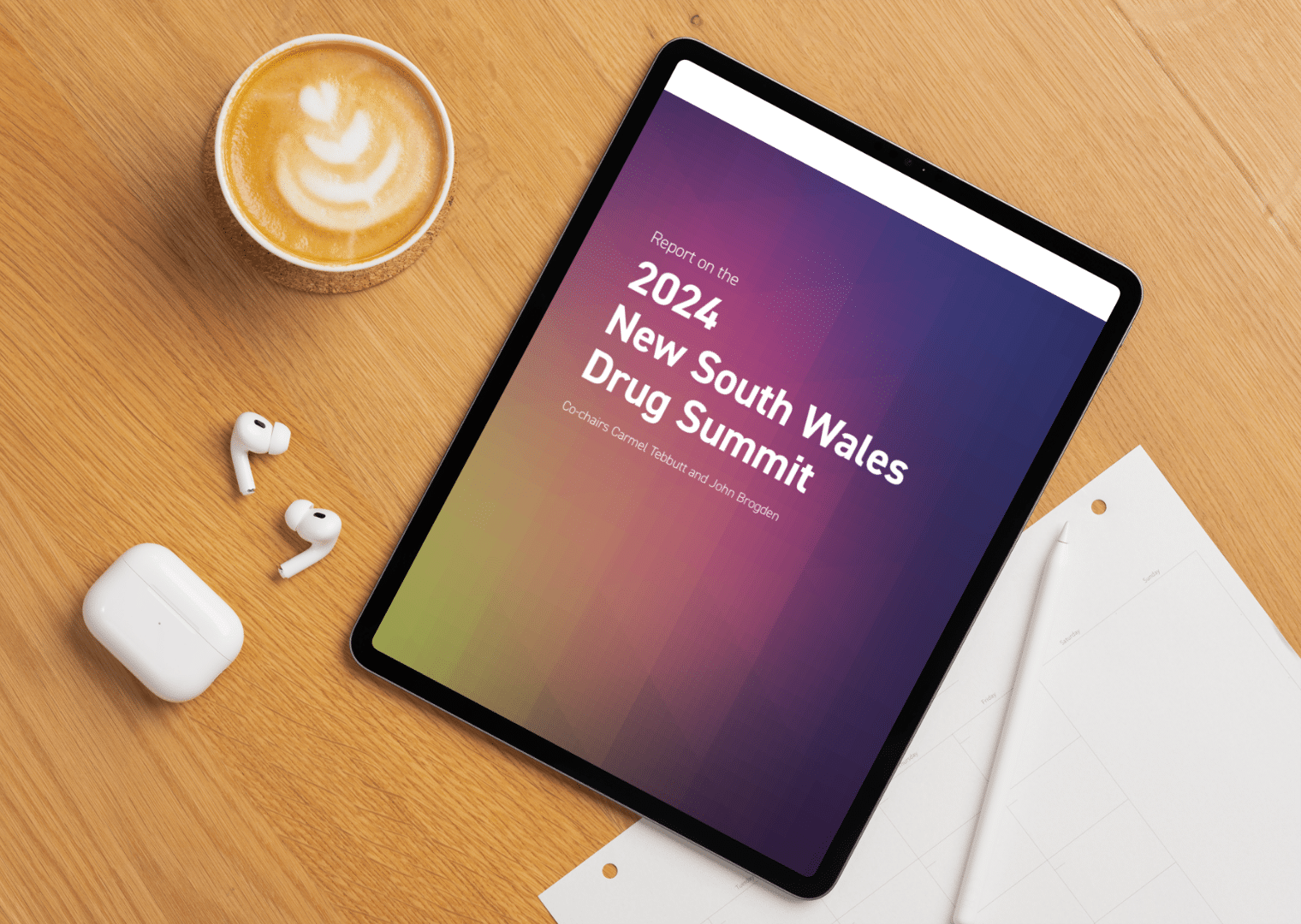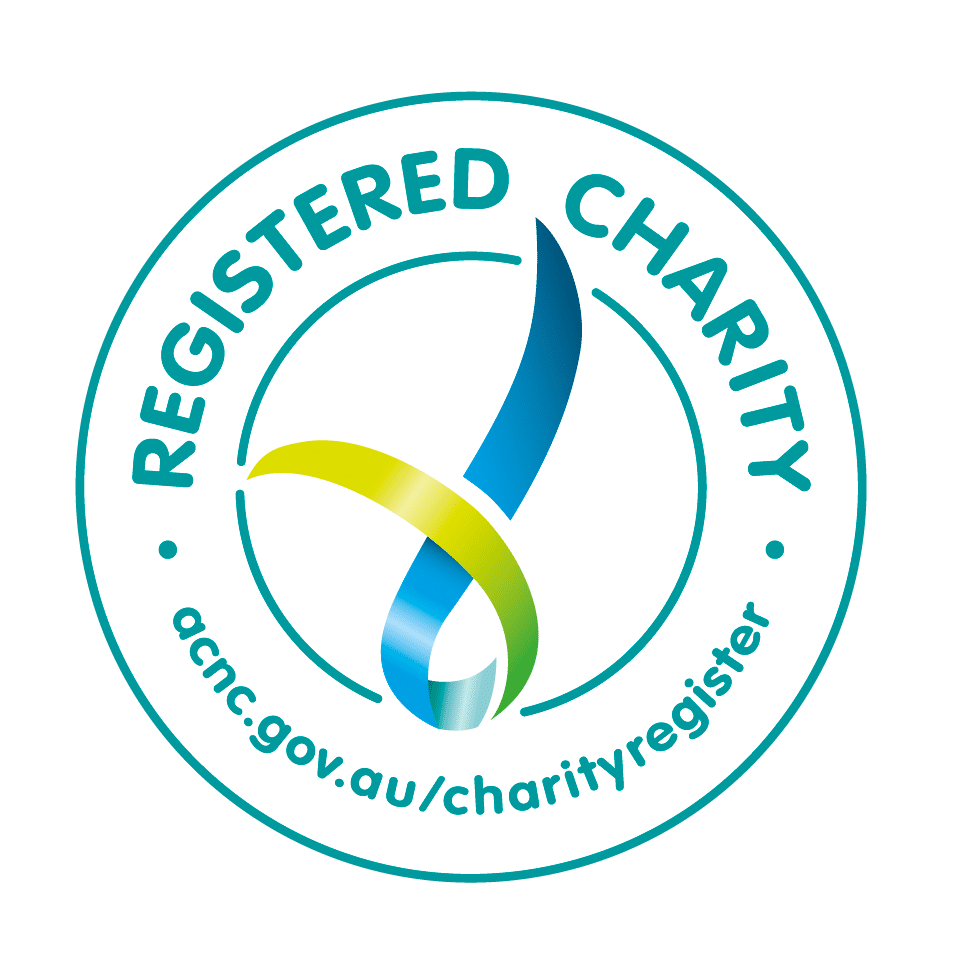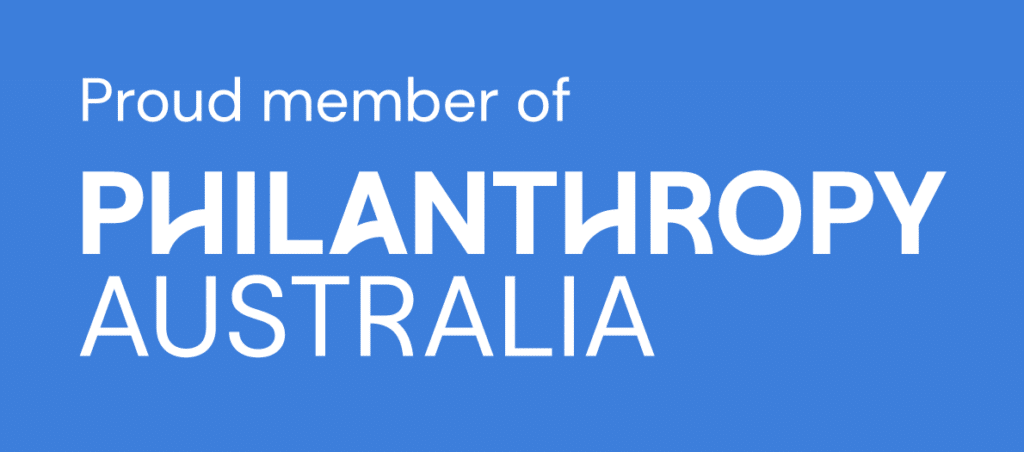The NSW Government now has six months to respond to a landmark report that could fundamentally reshape how Australia supports people facing drug-related challenges. Released in April 2025, the 2024 NSW Drug Summit report delivers 56 comprehensive recommendations across prevention, early intervention, community support, stigma reduction and criminal justice reform.
Recap of the NSW Drug Summit 2024
The summit, held 25 years after the historic 1999 Drug Summit, brought together over 550 individuals and 250 organisations across Griffith, Lismore, and Sydney. Co-chaired by former NSW Deputy Premier Carmel Tebbutt and John Brogden AM, the process emphasised treating drug use as a health issue rather than a criminal justice problem.
The report’s findings are stark: an estimated 101,773 people in NSW require but are not receiving treatment. Current services are underfunded, fragmented, and fail to address the growing complexity of presentations involving mental health, housing, and family issues.
Key recommendations at a glance
Service System Reform: A 10-year whole-of-government strategy with significantly increased funding, prioritising rural access and population-based distribution models.
Prevention and Early Intervention: Enhanced programs targeting the first 2,000 days of a child’s life, increased social housing investment, and place-based community initiatives.
Harm Reduction: Drug-checking services at music festivals, expanded needle and syringe programs, and legislative changes to enable additional medically supervised injecting centres.
Criminal Justice Reform: Reformed Early Drug Diversion Initiative with reduced police discretion, expanded specialist courts in regional areas, and cessation of strip searching for drug possession at festivals.
Workforce and Cultural Safety: Full implementation of the NSW AOD Workforce Strategy, expanded peer workforce programs, and enhanced Aboriginal community-controlled services.
Stigma Reduction: Community education campaigns, media guideline implementation, and reforms to spent conviction schemes to reduce employment barriers.
Young voices leading change
For young people, these recommendations offer hope, though many remain cautious about whether their voices will translate into real change. Over 35 young participants contributed to dedicated sessions, delivering powerful insights that fundamentally challenged decades of failed approaches—yet youth delegates raised concerns that insufficient time was allocated to exploring their priorities in detail.
Young people were clear that current school drug education “poorly resonated with their experience” and demanded programs treating drug use as a health issue. They called for evidence-based approaches delivered through channels they actually use, rather than outdated scare tactics.
The report identifies critical gaps in youth-specific services. Many young people face inappropriate placement in adult treatment facilities or must travel long distances from support networks. Current supported accommodation options of just 2-3 days are woefully inadequate for those leaving custody or treatment.
Perhaps most significantly, young people will be central to co-designing future services. The report calls for expanded peer workforce programs and integrated “no wrong door” approaches that address the complex, interconnected challenges young people face—from substance use and mental health to homelessness and trauma.
Powerful testimony from a young Aboriginal woman, who shared her experience as a 16-year-old, illustrated current system failures: “I went into [a] drug and alcohol service and told them I was homeless and living on the streets. It’s like they ignored that entire part of my story because it was too hard for them… I understand now, as an adult, drug and alcohol services don’t help with homelessness, but it would’ve been gold for them to refer me to [a] service that could assist me.”
Sector leaders demand action
Peak sector organisations are already mobilising for implementation. The Network of Alcohol and Other Drugs Agencies (NADA), the National Users and AIDS Association (NUAA), and ACON have issued a joint statement calling on the NSW Government to implement the report’s recommendations in full.
The organisations are urging the NSW Government to establish a dedicated Taskforce to oversee the rollout of the NSW Drug Summit recommendations, which must include representatives of people with lived and living experiences of drug use and other affected communities.
NADA CEO Dr Robert Stirling emphasised the sector’s readiness: “NADA supports the 56 priority actions and stands ready to work with the NSW Government to expedite development of a 10-year plan to improve drug policy and ensure that the people of NSW can access treatment and support when and where they need it.”
Time to act
The NSW Government’s six-month response timeline creates urgency around implementation. For young people and mental health advocates, this represents a once-in-a-generation opportunity to move beyond fragmented, criminalising approaches toward integrated, health-focused services designed with and for young people.
As the peak bodies note: “The evidence is clear: a harm minimisation approach saves lives, reduces the burden on the justice system, and improves health and social outcomes. Now is the time to act.”
The blueprint exists. Young and lived experience voices have been heard. Sector leaders are united. Now comes the crucial test of political will and adequate resourcing to transform these recommendations into reality.








